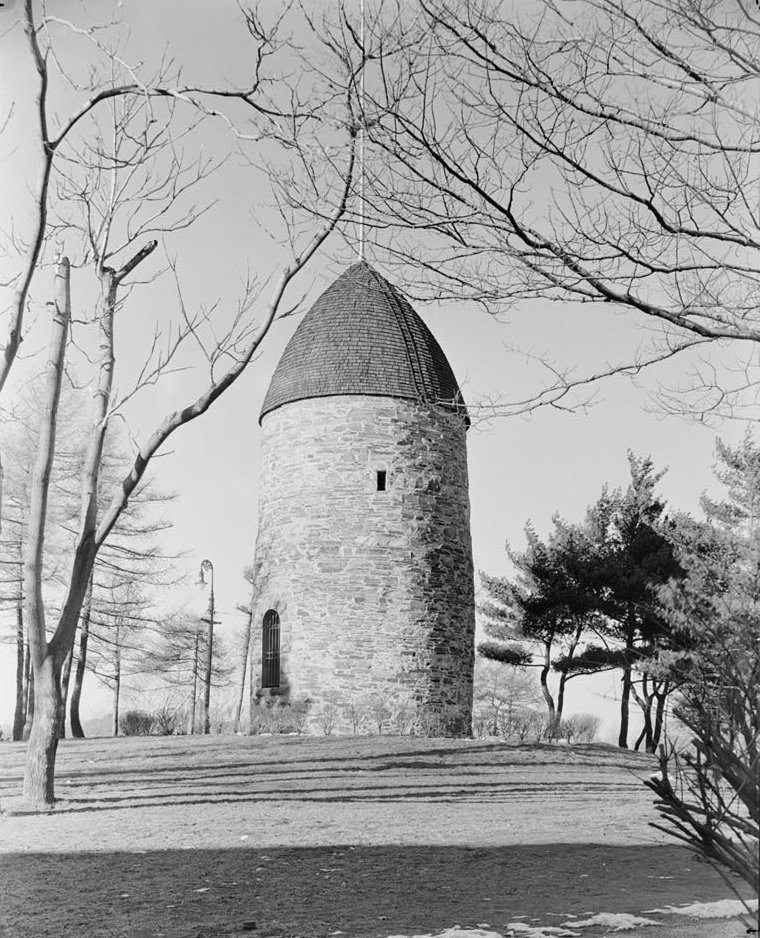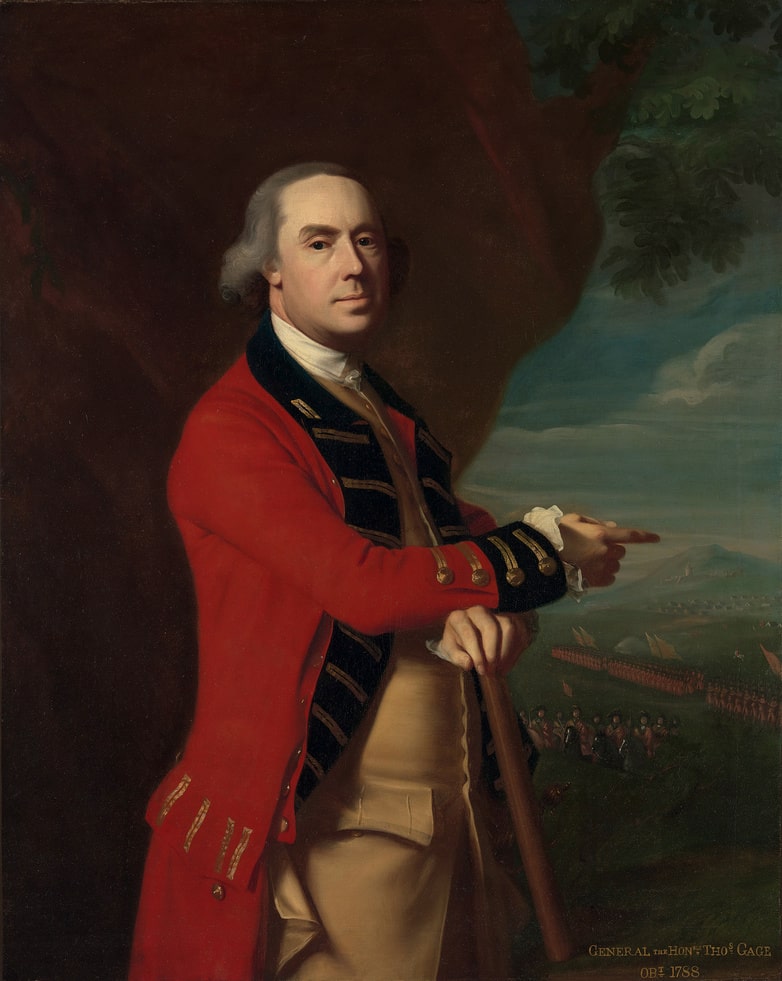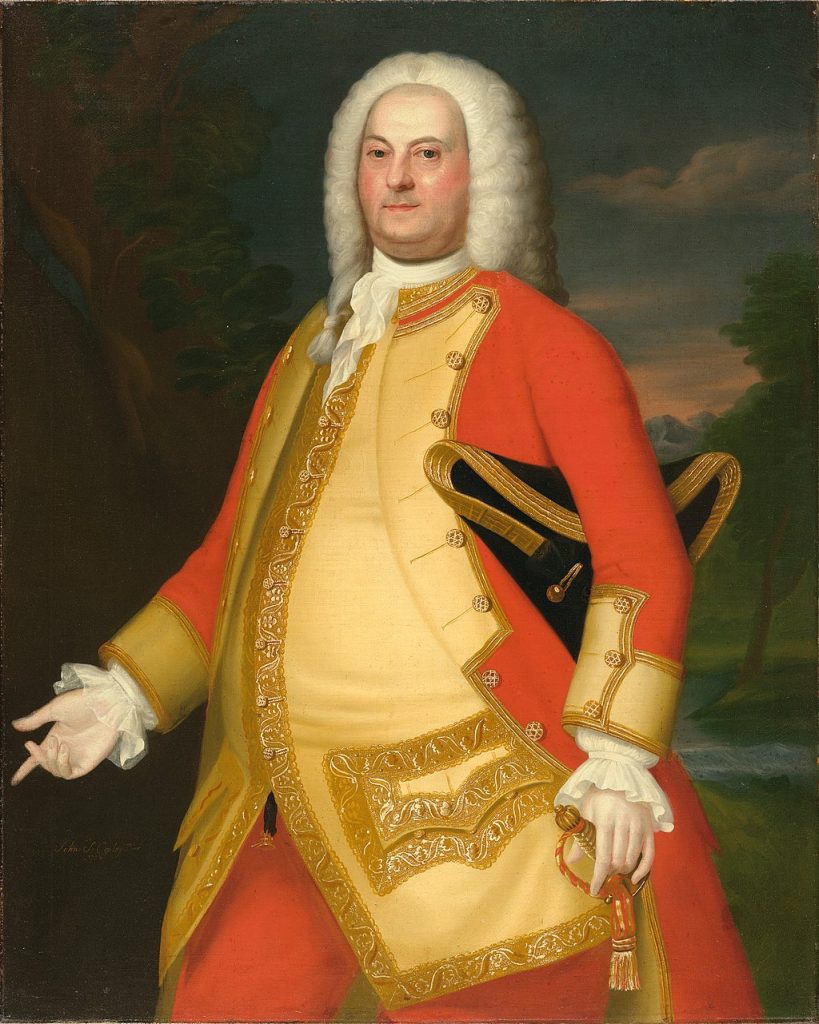Contents
Contents
The Powder Alarm was a false alarm for the start of the American Revolution. It occurred on September 1, 1774 in what is now Somerville, Massachusetts.
In this article, we’ve summarized what happened during the Powder Alarm, and explained the significance of the event. We’ve also provided some interesting facts about what occurred.
Context
By mid-1774, tension between the British government and American colonists was coming to a head.
The government had just implemented the Intolerable Acts, punishing the colonists for acts of rebellion such as the Boston Tea Party.
Colonists were outraged by the Intolerable Acts, especially in Massachusetts. The new laws closed Boston Port, putting colonial merchants out of business, and preventing Massachusetts from importing essential goods.
There were widespread protests, and most colonies rebelled against the new British regulations, refusing to implement them. Political leaders also planned the First Continental Congress, scheduled for September 5, 1774.
Some colonists were beginning to prepare for the possibility of armed conflict, organizing their own militias, and preparing weapons and other supplies. Some of these resources were stolen from British stockpiles, while others were imported, or were leftovers from the French and Indian War.
Local weapons stockpiles (also known as magazines) were often controlled by the provincial government, but were sometimes effectively controlled by Patriot forces. Although the stockpiles were originally designed to protect the colonists from common enemies of the Patriots and Loyalists, such as Native American tribes, the British realized they could easily fall into the hands of local militias if war broke out.
To reduce the likelihood of a successful armed insurrection, the British government decided to begin a policy of removing black powder, guns, artillery, and other weapons from local stockpiles.
Summary
In late August 1774, William Brattle, provincial militia leader, informed General Thomas Gage, the colonial governor of Massachusetts, of a quantity of black powder at the Provincial Powder House in Somerville, Massachusetts.

Gage ordered the removal of gunpowder from the Powder House.

Early in the morning on September 1, 1774, approximately 250 British troops rowed up the Mystic River from Boston. They then marched to the Powder House, and having obtained the key from the local sheriff, removed the gunpowder from the magazine, and took it back to Boston.
Some troops continued towards Cambridge, MA, and took two artillery pieces back to Boston Harbor.
The removal of the gunpowder and artillery on its own was not enough to significantly upset the colonists. According to William Brattle, the locals had already removed their supplies from storage, and only a quantity of British gunpowder remained.
The raid was relatively similar in nature to several other similar removals of military equipment that had occurred earlier in the year.
Colonial reaction
Gage’s actions became so controversial because the events were massively blown out of proportion by the colonists – they misunderstood what occurred.
After the gunpowder was taken, it was reported that the British troops had fired on colonists, and fighting had broken out. Rumor spread that a large amount of colonists’ gunpowder had been seized, and a flotilla of British Navy ships had sailed into Boston.
Approximately 4,000 militiamen from surrounding counties converged on Cambridge, preparing to go to Boston and fight the British. Several Loyalists, including William Brattle, fled to Boston to seek the protection of the British Army.

In fact, no fighting had taken place. Eventually, the militiamen realized that war had not started, and returned to their hometowns.
Significance
The Powder Alarm essentially acted as a practice run for the start of the American Revolution eight months later at Lexington and Concord.
The event signified that colonial military forces were more than ready to rise up and fight the British Army in large numbers, if needed to defend themselves.
It also showed that men could be mobilized quickly. The Patriots realized the importance of this, and prioritized it in their training from then on, eventually leading to the widespread use of the word “minutemen” to describe certain colonial forces.
Thomas Gage was surprised by the level of colonial response to his raid on the Powder House. He postponed future similar expeditions, and called for reinforcements from the British government to help defend the city of Boston, should conflict break out.
The Powder Alarm also led the British to increase their fortification of Boston, in preparation for war. They took steps to improve their intelligence-gathering efforts, to learn more about Patriot planning and military strategy.
On the Patriot side, local militias became much more careful with their supplies. After the Powder Alarm, when word got out of a British supply raid, militiamen were quick to go to the magazine themselves, and move the resources elsewhere. Most often, ammunition and other supplies were moved further away from Boston, and other areas the British controlled, leading to the creation of magazines in the towns of Concord and Worcester.
The Patriots also set up their own spy network, with the involvement of men such as Paul Revere, to gain intelligence on British planning, including future magazine raids.
Facts
- Rumors about the Powder Alarm were able to spread quickly due to the Committees of Correspondence. In the early 1770s, committees were established by Patriot leaders in various American colonies to coordinate action against the British, and to keep neighboring towns and colonies informed of important political developments. Written letters about breaking events would be carried on horseback, spreading word about the latest news extremely quickly.
- The Powder Alarm helped to unify the colonies, showing many undecided colonists the potential power of collective action against British rule.
- William Brattle was originally a moderate Patriot, expressing opposition to British government policy in the period up to the early 1770s during his work for the Massachusetts Governor’s Council. However, as the conflict wore on, he began to side with the Loyalists, especially after the Powder Alarm.

